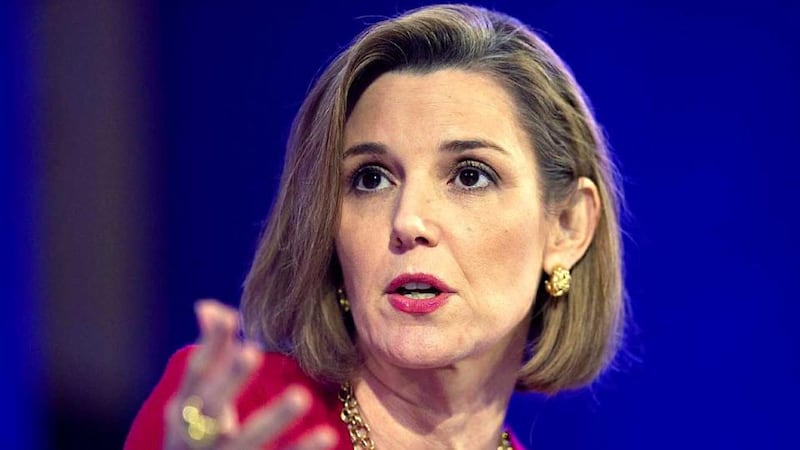In numbers: Sliced bread is toast 5 Percentage drop in UK bread sales last year, with another 4 per cent decline expected this year, according to research by Euromonitor International. The sliced bread category dipped 8 per cent in 2014, it said.
£500,000 Supermarket chain Asda said in July that it was losing this much in bread slaes per week - the equivalent to five million loaves - despite investing in new products and refreshing its bread aisles.
25 Percentage growth forecast for the gluten-free bread category this year, an “impressive rate” that gives hope, but unlikely to solve bread manufacturers’ woes, according to Euromonitor, which wonders if bread is “entering a period of terminal decline”.

Image of the week: Jetting off The fanciest, priciest and highest-tech new business jets were on display this week at the Latin American Business Aviation Conference and Exhibition (Labace) in Sao Paulo, Brazil. Cessna and Embraer were among the manufacturers rolling out shiny new models, while the likes of Honda and Bombardier were also in attendance, but wooing the 1 per cent to start or indeed add to their private jet collections hasn't been the easiest of tasks in recent years and the market is still trying to recover from a 2008 slump - also, the problem with private jets is that you need an airport to take off from.
Photograph: Reuters/Paulo Whitaker
The lexicon: Electric motorways Electric motorways are roads where electric cars charge up as they are driven along them - no stopping, no plugging in. They're like a very long charging dock for things with wheels that will also get you from A to B. UK government agency Highways England has announced it is planning to test wireless power-transfer technology that it hopes will be built under the country's motorways and major roads. The charge-as-you-drive technology works through a process called Shaped Magnetic Field in Resonance, apparently, in which under-road cables are used to generate electromagnetic fields that are picked up by a coil inside the car and converted into power. It's the travel of the future, and in the future, it seems we are still going to need roads.
Getting to know: Ruth Porat At the Alphabet top table, R is for Ruth, Ruth Porat, who joined Google as its chief financial officer in May and now holds the same title at Google's new holding company. As CFO of the investment bank Morgan Stanley, Porat was once regarded as the most powerful woman on Wall Street before she switched coasts for a reported $70 million salary package. Porat, born in England, is expected to whip Alphabet / Google into shape, yielding maximum shareholder value from its search engine cash machine and reviewing the future of its experimental projects, dubbed the Google "moonshots". Forbes says, "the force behind Alphabet is likely Ruth Porat", while the site DealBreaker went with "Google belongs to Ruth Porat now".
The list: Buffett's "boring" companies. So Berkshire Hathaway, Warren Buffett's holding company, owns stakes in household names like Coca-Cola and American Express. But some of his dullest assets are also the billionaire's biggest, and vice versa...
1. Precision Castparts: Buffett's $37 billion purchase of the metal components manufacturer this week is the largest deal of his life, and yet still not a sexy story.
2. Lubrizol: What portfolio would be complete without a maker of chemicals used in everything from toothpaste to engine oil?
3. Burlington Northern Santa Fe (BNSF): Buffett spent $26 billion on the US rail operator in 2009, but nobody’s going to remember that in a table quiz.
4. Marmon: The “Sage of Omaha” also ranks this manufacturer of industrial components for transport equipment among his unglamorous “powerhouse five”.
5. Berkshire Hathaway: When Buffett originally bought Berkshire in the 1960s, it was a failing textile company. It’s now the largest conglomerate in the US.










